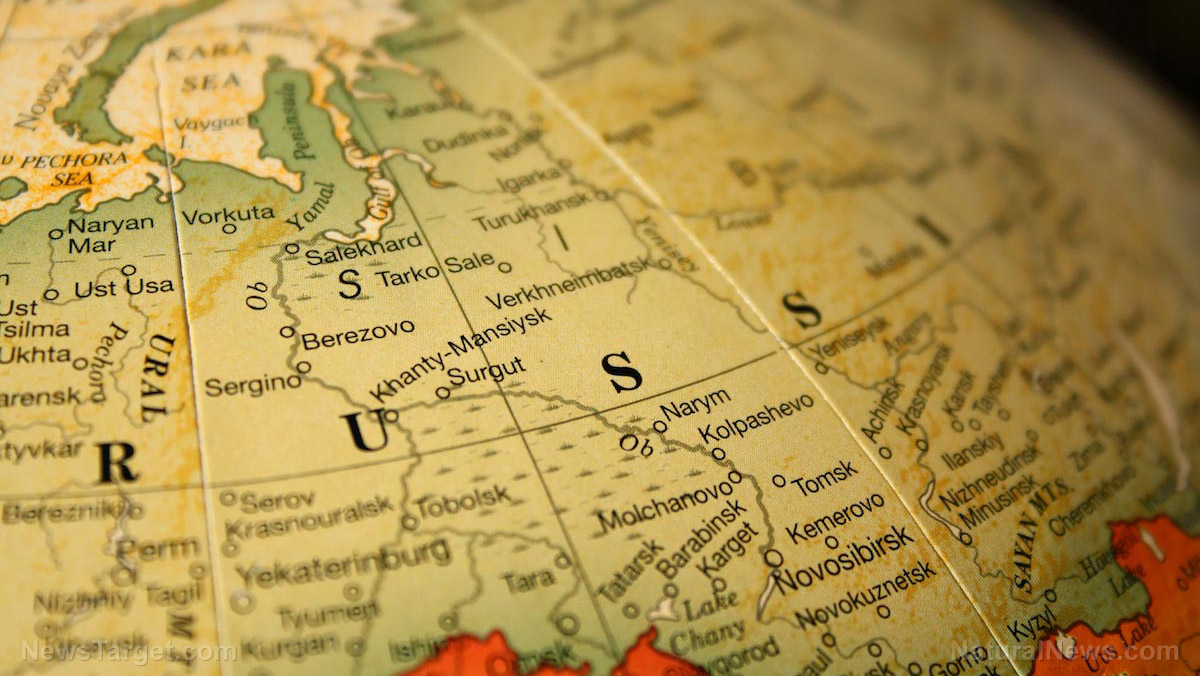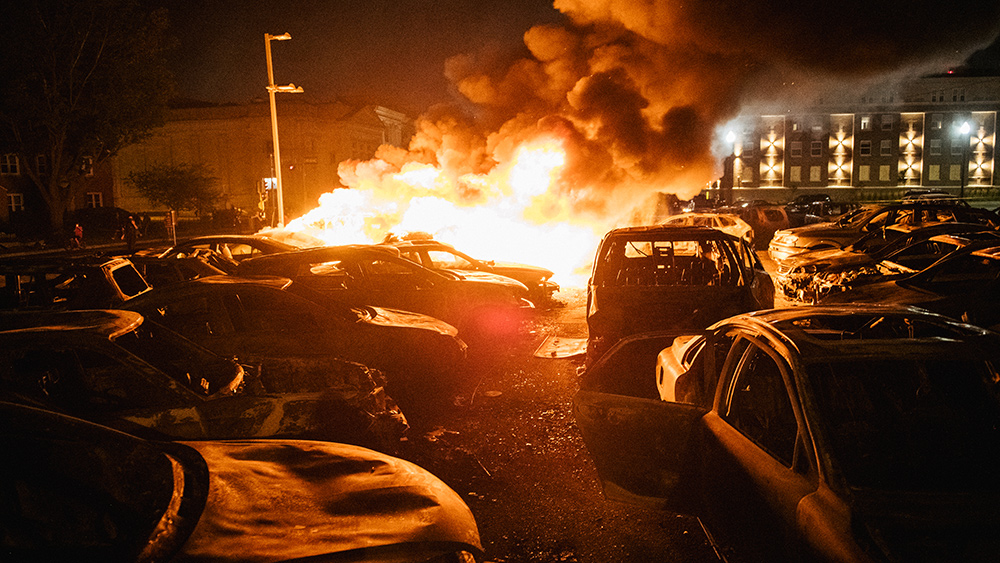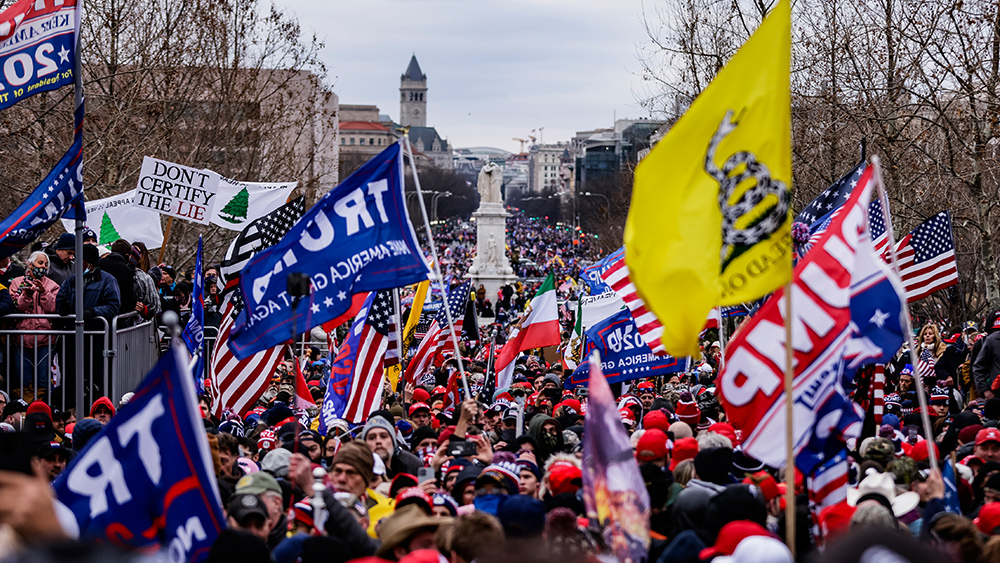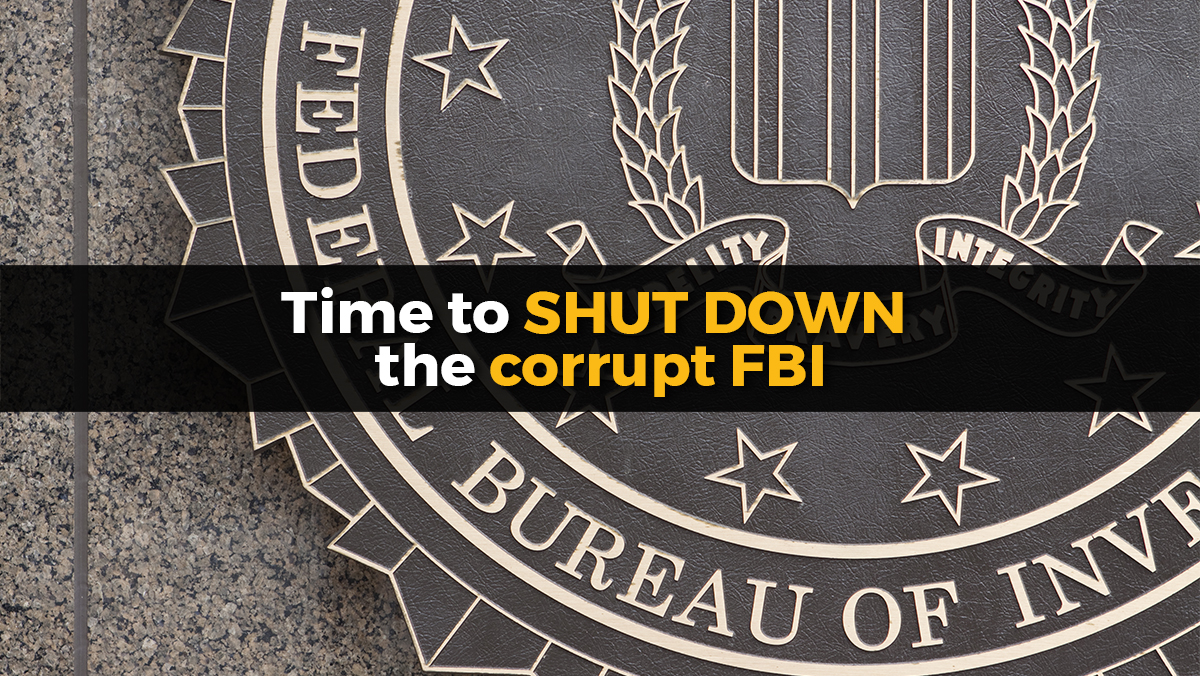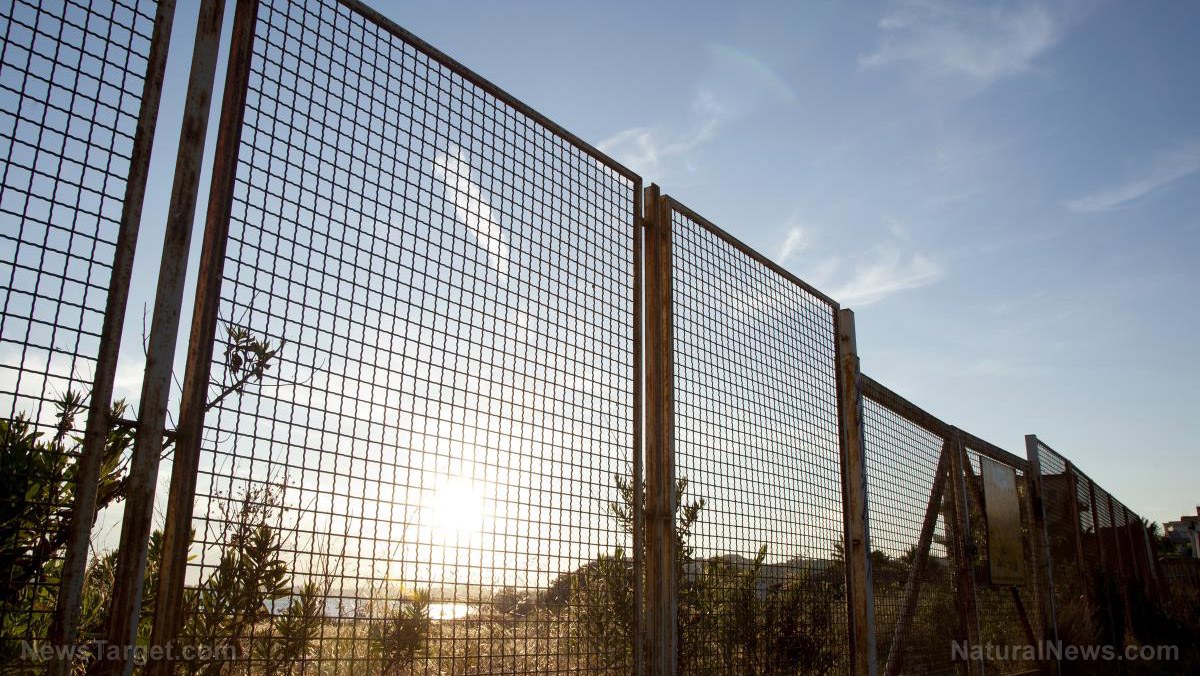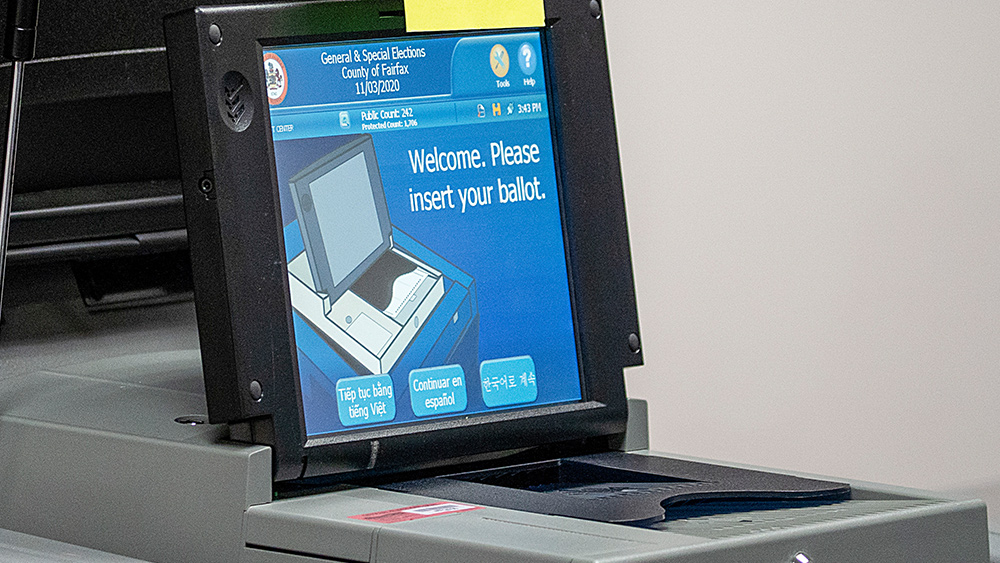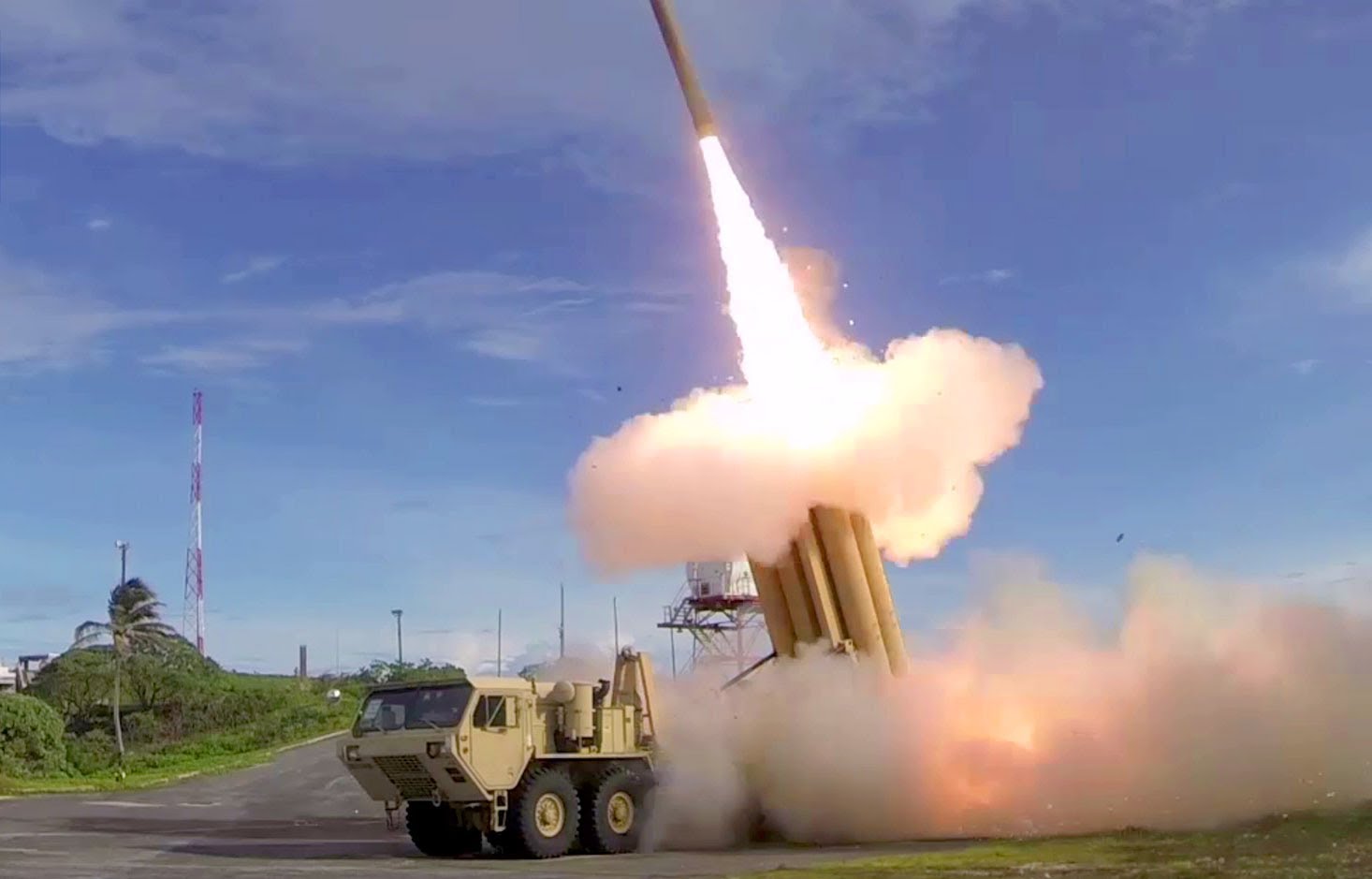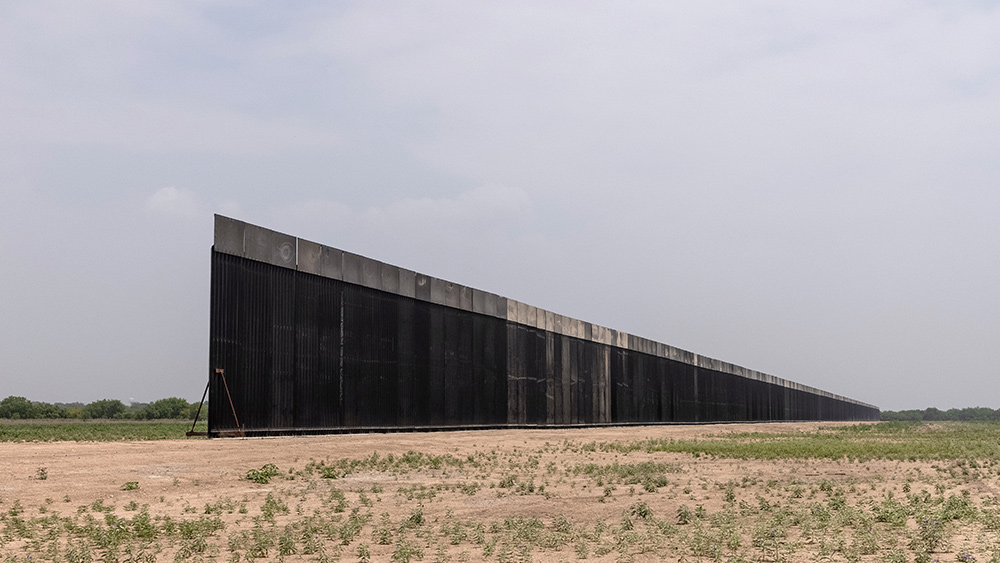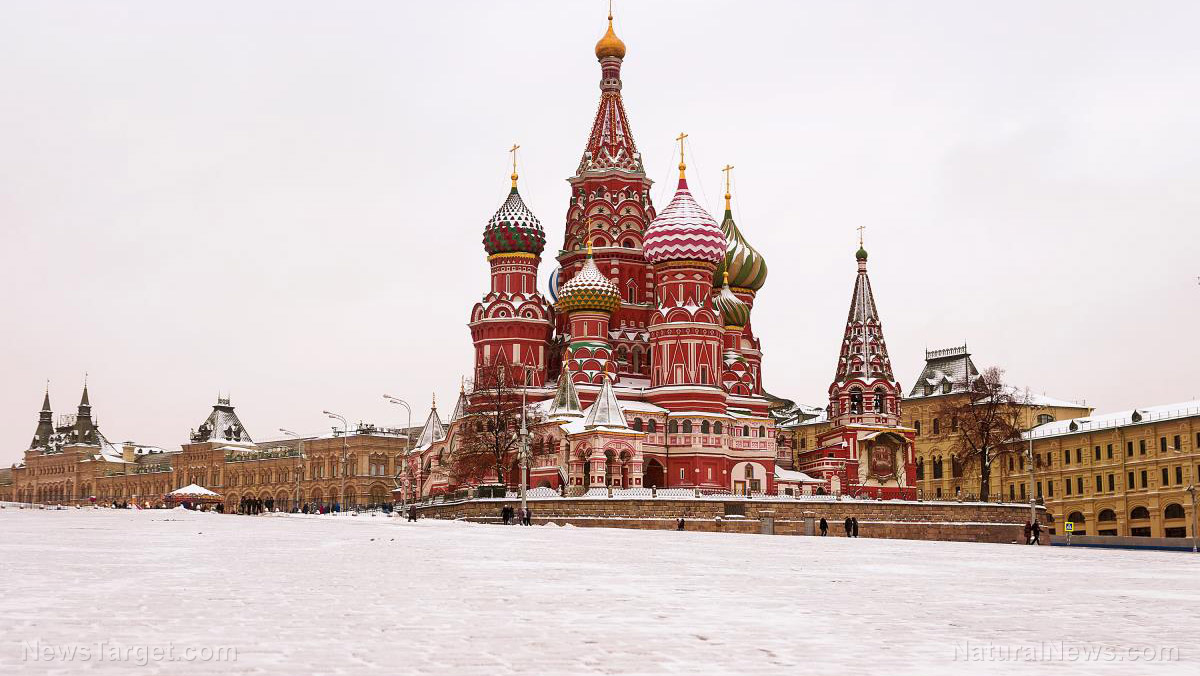Supply chain crisis continues amidst COVID-19 pandemic, with no end in sight
10/19/2021 / By Mary Villareal
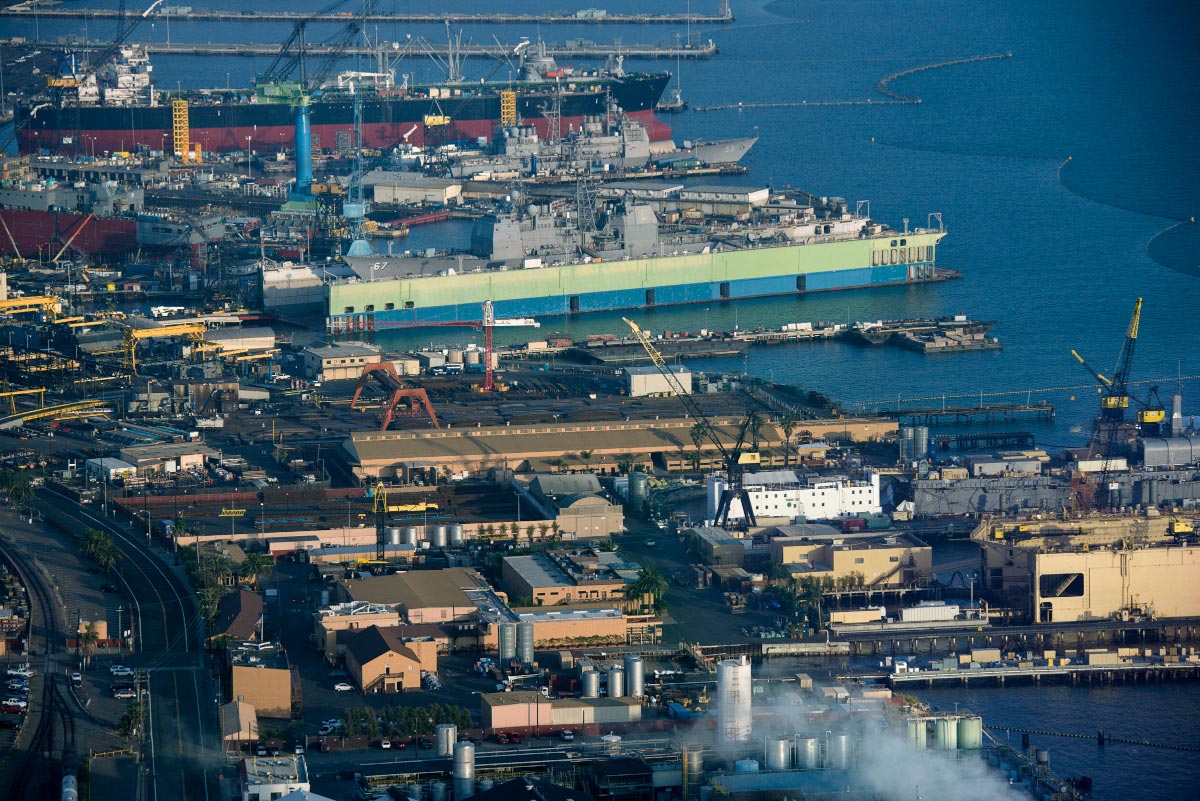
Americans have been on a buying spree since the Wuhan coronavirus (COVID-19) started to wane. The daily tally of container ships outside the congested ports of Los Angeles and Long Beach shows just how much products are coming in from other parts of the world.
The queue of ships reached a record of 73 on September 19. But as the congestion continues, frustrated retailers complain of the overwhelmed U.S. supply chain.
The ports’ inability to match the 24/7 operations of their Asian counterparts has been a source of frustration for the Biden Administration, which is now unveiling a series of measures to ease the congestion in the country’s largest port complex and keep the U.S. economic recovery on track.
The White House says it was able to secure pledges from private sectors such as Walmart, UPS and FedEx to extend their working hours to assist with the delivery congestions. It has also gained commitments from the International Longshore and Warehouse Union to add shifts to move toward a 24/7 work schedule at its operations in southern California.
The question remains whether or not the measures will be able to improve the movement of goods through the nationwide network that is already strained toward its breaking point. With an ongoing shortage of warehouse space and truck drivers, the round-the-clock operation will require a lot of coordination between public ports and private sector groups, including large retailers like Walmart and other freight companies.
Gene Seroka, the executive director of the Port of Los Angeles, says that he doubted that 24/7 operations could work without the cooperation of private sectors. “If a day comes when we can open 24/7, and other parts of the supply chain orchestra are all doing the same thing, that would be great for all of us, but you’ve got limitations today,” he says.
For reference, the turnaround time for a container in ports nearly doubled in 2021 compared to averages seen in 2017 through 2019. Turnaround time jumped from 3.6 days to 6.4 days, which is nearly five days longer than Asian ports that operate 24/7.
Biden’s officials and the ports argue that the commitments from private sector companies could help ease the limitations. However, the extra 3,500 containers that the companies are now expected to move each week only account for a small fraction of the total that is now passing through the ports.
Supply chain woes hurt retailers and manufacturers
This year’s supply chain pressures have had a ripple effect on the economy, and it is hurting U.S. retailers and manufacturers. Nike warns of inventory shortages while Costco is running low on toilet rolls. Retailer Bed Bath & Beyond calls the current supply chain challenges “unprecedented.” Other retailers have resorted to chartering ships to ensure their goods get delivered.
With the holidays coming, there is also a sense of urgency for logistics, labor and manufacturing issues that are likely to add some $223 billion to U.S. retailers’ costs. This could push up the prices for consumers buying holiday gifts, assuming items are available in the market. (Related: West Coast ports logjammed with about container 60 ships still waiting to dock; supply lines continue to suffer disruptions.)
Steve Denton, chief executive of Ware2Go, which helps retailers find warehouse space, says that the White House initiative is not going to resolve the bottlenecks that retailers are struggling with. He says: “You’ve got a lack of truck drivers and the trains are running at full capacity. You’ve got record levels of inventory in the country already. That inventory’s got to get cleared out to make room first. Where’s it all going to go?”
The supply chain problems are not limited to the United States. Nearly 20 months since the initial outbreak forced export-machine China to close down factories, the global flow of goods remains a mess. The German industry has also been hit by shortages of everything from computer chips to metals for car batteries, while the U.K. has suffered from fuel shortages.
Read more about the port congestions and delays on Collapse.news.
Sources include:
Submit a correction >>
Tagged Under:
big government, bubble, cargo vessels, chaos, Collapse, freight trucking, grocery, labor shortages, Long Beach, Los Angeles, port congestion, products, shipping, supply chain, supply disruptions, supply shortages
This article may contain statements that reflect the opinion of the author
RECENT NEWS & ARTICLES
COPYRIGHT © 2017 NATIONAL SECURITY NEWS



